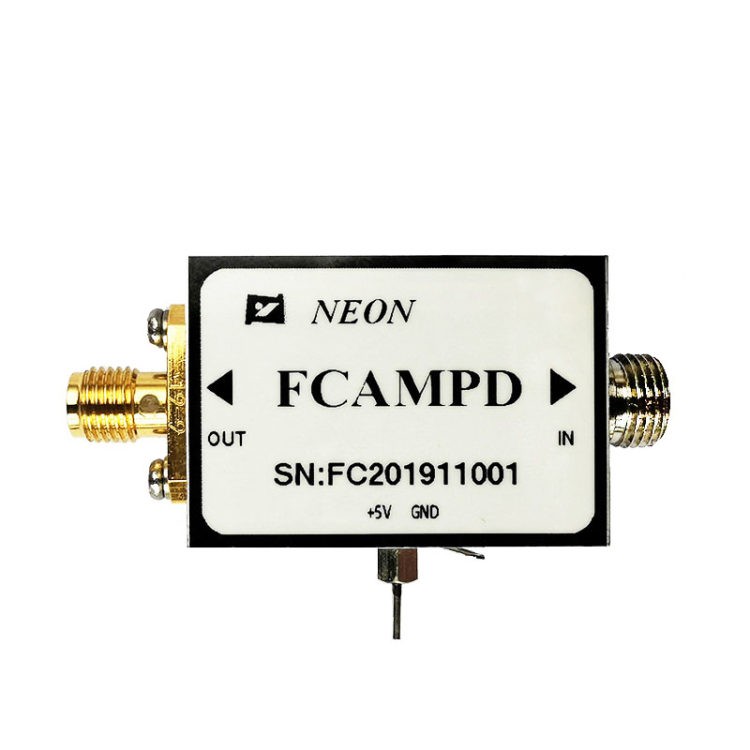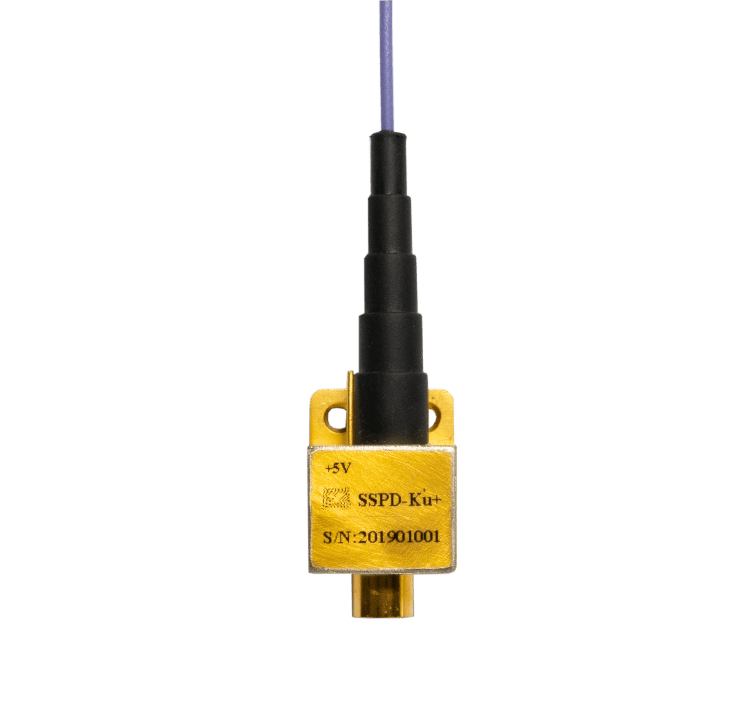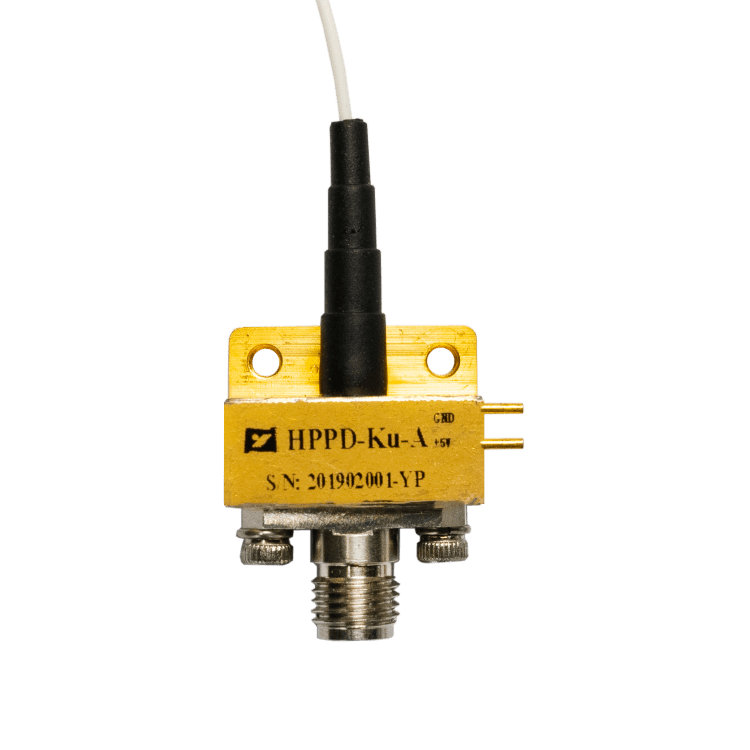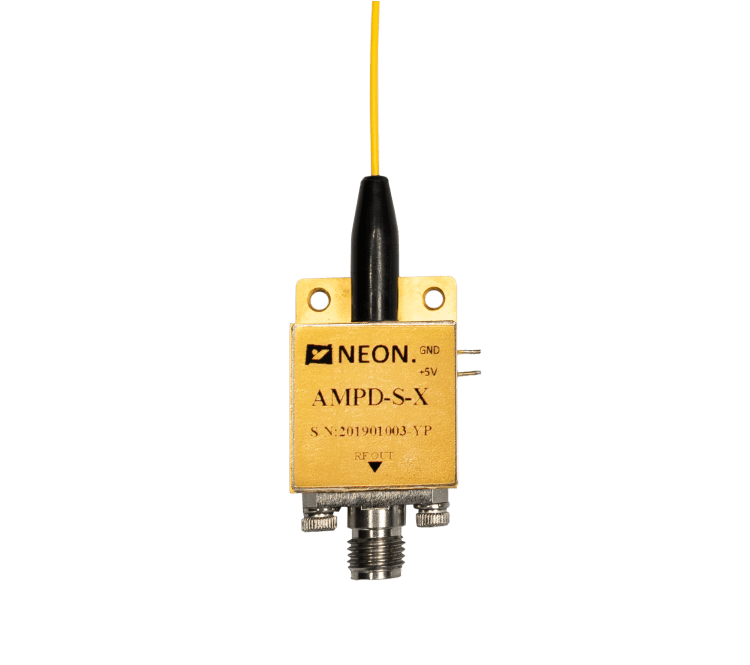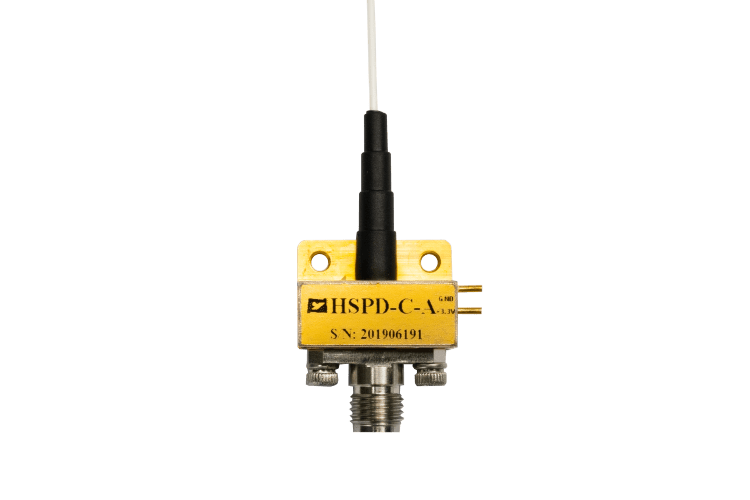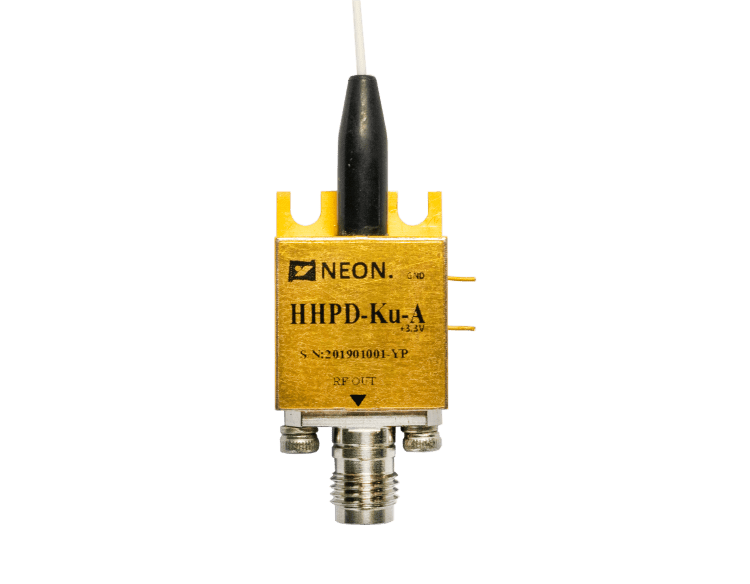Factors Influence the Sensitivity of InGaAs Photodetectors: Unveiling the Nuances
In the realm of optoelectronics, InGaAs photodetectors reign supreme, their sensitivity stretching beyond the confines of silicon, delving into the alluring realm of the shortwave infrared (SWIR). But what are the secrets behind their remarkable sensitivity? This article embarks on a journey to unveil these secrets, unearthing the intricate interplay of material properties, device architecture, and operational nuances that govern the sensitivity of InGaAs photodetectors.
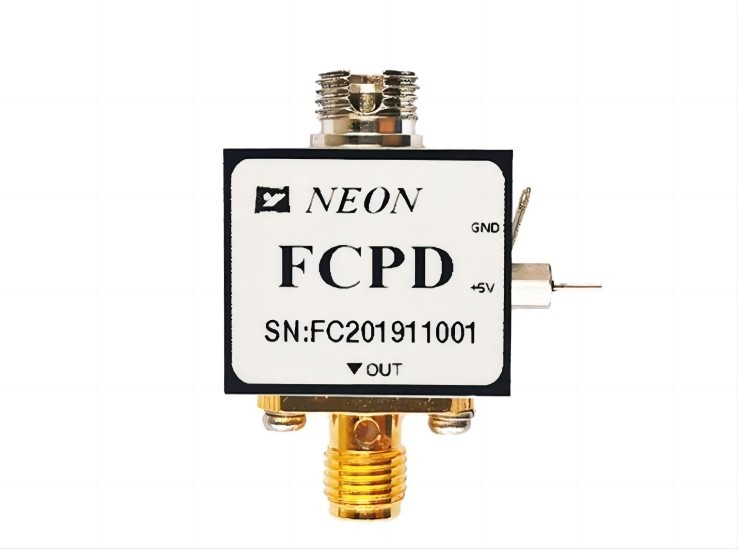
Factors Influencing InGaAs Photodetector Sensitivity
Material Properties
- Bandgap Engineering: Tailoring the InGaAs bandgap through compositional variations (e.g., InAsxP1-x) allows precise control over the spectral response. This enables sensitivity optimization for specific NIR or SWIR wavelengths relevant to applications like remote sensing, spectroscopy, and night vision.
- Carrier Management: Doping concentrations directly influence carrier mobility and lifetime. Optimizing doping profiles (e.g., graded doping) mitigates space-charge effects and carrier traps, minimizing dark current and maximizing sensitivity at low light levels.
- Defect Management: Material purity and growth techniques significantly impact defect densities. Minimizing dislocations and point defects reduce non-radiative recombination centers, thereby extending carrier lifetime and enhancing sensitivity, particularly in critical high-gain APD structures.
Device Structure
- Junction Design: The choice between PIN and APD architectures presents key trade-offs. PIN diodes offer intrinsic high sensitivity due to efficient carrier collection, while APDs achieve internal gain through avalanche multiplication, boosting sensitivity in low-light regimes. However, APDs suffer from higher noise and require careful bias optimization.
- Active Area Optimization: Balancing light absorption and noise is crucial. Larger active areas increase light capture but also introduce higher capacitance, leading to increased RC time constant and reduced bandwidth. Design strategies like segmented electrodes or distributed amplifiers can mitigate this trade-off.
- Anti-Reflection Coatings: Engineered multi-layer coatings tailored to the target wavelength range minimize reflectance losses, maximizing light coupling to the active area and boosting sensitivity across the desired spectrum. Additionally, polarization-sensitive coatings can be employed for optimized light utilization in specific applications.
Operating Conditions and Their Impact on InGaAs Photodetector Sensitivity
Bias Voltage: The applied bias voltage directly impacts the depletion region width and responsivity of the InGaAs photodetector. A higher bias voltage expands the depletion region, enhancing carrier collection efficiency and boosting sensitivity. However, this comes at the cost of increased dark current generation through tunneling and thermionic emission mechanisms. Optimizing bias voltage necessitates careful consideration of this trade-off between sensitivity and noise performance. Advanced biasing techniques, such as pulsed or gated biasing, can offer improved control over dark current and noise, enabling higher sensitivity at low light levels.
Temperature: Thermal fluctuations significantly impact InGaAs photodetector sensitivity. Higher temperatures activate additional dark current generation pathways, including diffusion current and band-to-band tunneling, leading to a significant rise in dark current and a deterioration in signal-to-noise ratio (SNR). Implementing efficient thermal management strategies, such as thermoelectric coolers (TECs) or Peltier coolers, becomes crucial for maintaining sensitivity in applications demanding high SNR, particularly for low-light detection.
Illumination Intensity: The sensitivity of InGaAs photodetectors exhibits a complex dependence on illumination intensity. At low light levels, shot noise, arising from the random nature of photoelectron generation, becomes the dominant noise source. This limits the minimum detectable signal and necessitates advanced signal processing techniques, such as lock-in amplifiers, to improve SNR. Conversely, at high light levels, saturation effects come into play, where the detector reaches its maximum carrier collection capacity and the output signal plateaus or even decreases. Optimizing operating conditions and choosing appropriate biasing and signal processing techniques are key to maximizing sensitivity across a broad range of illumination intensities.
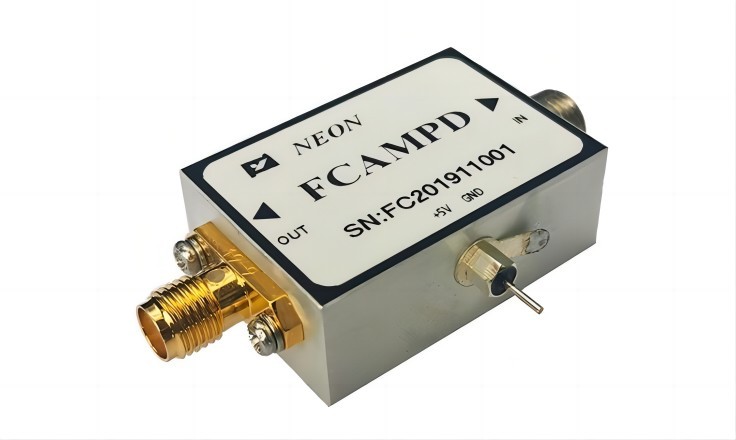
InGaAs Photodetector Noise Sources
Dark Current: Ever-present even in the absence of illumination, dark current sets a fundamental limit on the minimum detectable signal, acting as a nemesis to sensitivity. This current arises from various mechanisms like diffusion, tunneling, and band-to-band transitions, all dependent on the operating temperature and bias voltage. Minimizing dark current through material optimization, advanced device architectures (e.g., leakage paths suppression), and optimized bias control is crucial for pushing the sensitivity boundaries.
Shot Noise: Inherent to the quantum nature of light-matter interaction, shot noise arises from the stochastic nature of photoelectron generation. This manifests as random fluctuations in the output current, limiting sensitivity at low light levels. Advanced signal processing techniques like lock-in amplifiers and correlated double sampling can mitigate shot noise, paving the way for improved low-light detection.
Generation-Recombination (GR) Noise: When photo-excited carriers become trapped in defect states within the InGaAs material, their subsequent release introduces fluctuations in the current flow. This phenomenon, known as GR noise, deteriorates sensitivity at high light levels. Strategies to minimize GR noise include employing high-purity materials with minimal defects, implementing surface passivation techniques, and exploring alternative material compositions with reduced trap densities.
Flicker Noise: A low-frequency noise source emanating from fluctuations in the trap capture cross-section, flicker noise further degrades sensitivity. This “1/f” noise arises from various mechanisms like surface defects, oxide traps, and interface states. Employing advanced characterization techniques to identify the dominant flicker noise sources and implementing specific mitigation strategies, such as bias modulation or deep trap passivation, are crucial for refining the sensitivity of InGaAs photodetectors.
Emerging Noise Sources: With the evolution of InGaAs technology, other noise sources such as avalanche noise in APDs and thermal noise in high-resolution focal plane arrays become increasingly relevant. Understanding and addressing these sources through tailored design approaches and advanced signal processing algorithms is critical for unlocking the full potential of InGaAs technology in demanding scientific and industrial applications.
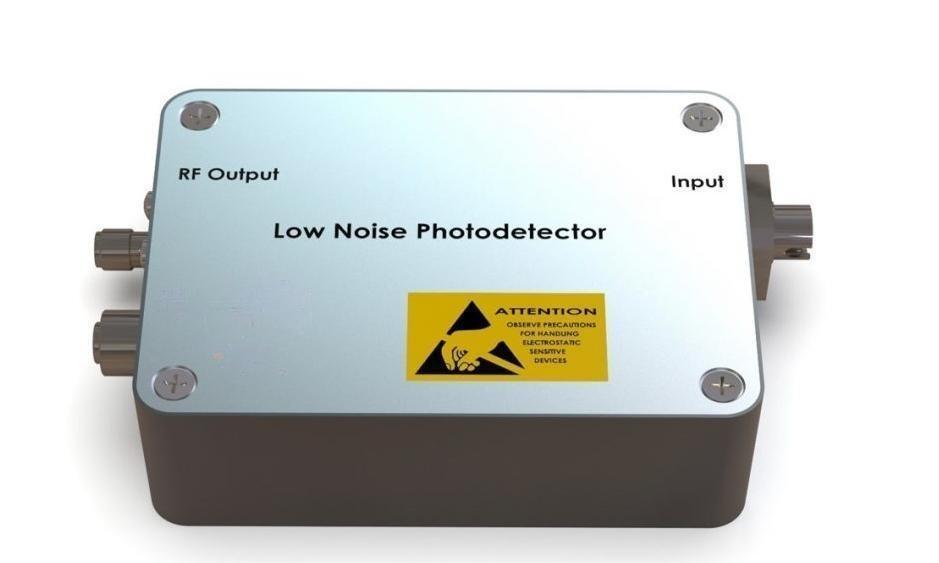
Strategies for Enhanced InGaAs Photodetector Sensitivity
1. Material Optimization
- Epitaxial Growth: Employing advanced crystal growth techniques like metal-organic vapor phase epitaxy (MOVPE) or molecular beam epitaxy (MBE) enables precise control over InGaAs composition, bandgap engineering, and defect density. This facilitates tailoring the material to target specific wavelengths and minimize recombination centers, boosting sensitivity.
- Doping Optimization: Implementing graded doping profiles or selective area doping allows for fine-tuning of carrier concentration and mobility within the device structure. This optimizes carrier collection efficiency and minimizes space-charge effects, leading to improved low-light sensitivity.
- Defect Mitigation: Employing material purification techniques and implementing surface passivation strategies like silicon nitride or high-κ dielectric layers significantly reduce defect densities and trap states. This minimizes non-radiative recombination and enhances carrier lifetime, thereby boosting sensitivity across a wider range of light intensities.
2. Device Design Optimization
- Junction Engineering: Choosing the optimal junction type (PIN or APD) involves a trade-off between sensitivity and gain. PIN structures offer intrinsic high sensitivity due to efficient carrier collection, while APDs achieve internal amplification through avalanche multiplication, enhancing sensitivity in low-light regimes. Advanced architectures like heterojunctions or quantum dot photodetectors are emerging for further sensitivity improvements.
- Active Area Design: Balancing light absorption and noise is crucial. Optimizing the active area dimensions and employing techniques like segmented electrodes or distributed amplifiers can maximize light capture while mitigating RC time constant issues and reducing noise, leading to improved sensitivity across a wider bandwidth.
- Anti-Reflection Coatings: Engineered multi-layer coatings tailored to the target wavelength range dramatically reduce reflectance losses, maximizing light coupling to the active area and boosting sensitivity. Additionally, polarization-sensitive coatings can be employed for optimized light utilization in specific applications.
3. Thermal Management
- Cooling Techniques: Implementing efficient cooling mechanisms like thermoelectric coolers (TECs) or Peltier coolers significantly reduces operating temperature. This minimizes dark current generation through diffusion and tunneling mechanisms, leading to a drastic improvement in sensitivity, especially at low light levels.
- Advanced Thermal Design: Integrating microfluidic channels or heat sinks into the device package can enhance heat dissipation and maintain optimal operating temperatures, further maximizing sensitivity and device stability.
4. Signal Processing Techniques
- Lock-in Amplifiers: These amplifiers selectively amplify the signal at the reference frequency while rejecting noise at other frequencies. This significantly improves the signal-to-noise ratio (SNR) and enhances sensitivity, particularly in low-light conditions.
- Correlated Double Sampling: This technique samples the signal and dark current twice per modulation cycle, allowing for efficient subtraction of common-mode noise and further improving SNR, leading to significant gains in sensitivity, especially for APD structures.
- Digital Signal Processing: Advanced digital filtering techniques can be employed to remove specific noise components like flicker noise or power line interference, further refining the signal and boosting sensitivity.
By strategically integrating these diverse approaches, researchers and engineers can push the boundaries of InGaAs photodetector sensitivity and unlock their full potential for a wide range of applications demanding high performance in various lighting conditions and across multiple spectral ranges.
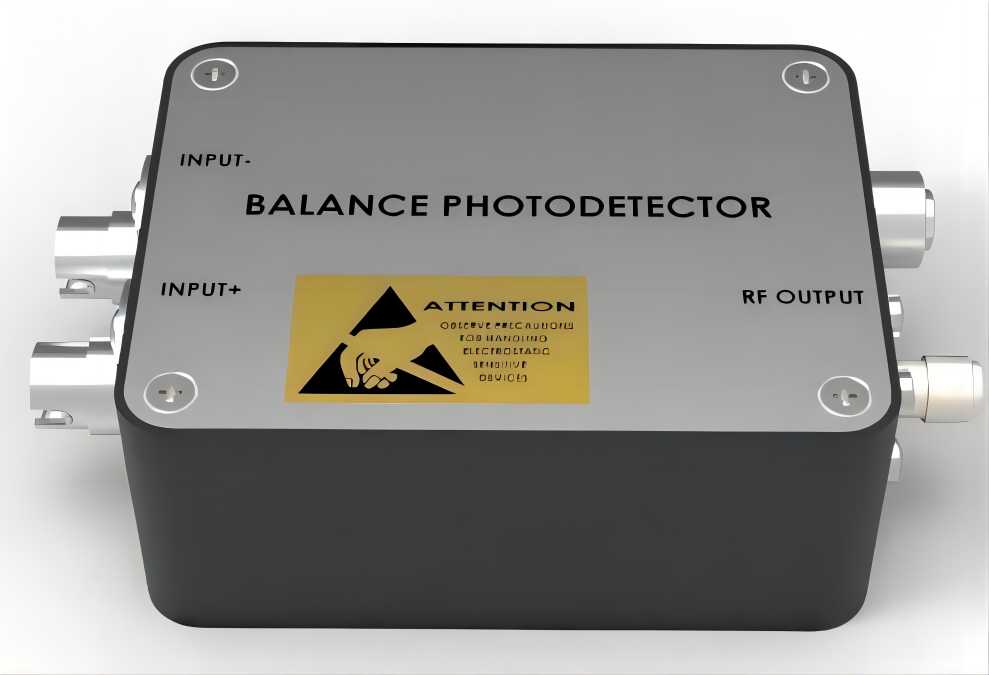
Conclusion
In conclusion, the sensitivity of InGaAs photodetectors is intricately influenced by a myriad of factors spanning material properties, device structures, operating conditions, and noise sources. Balancing these elements is essential for achieving optimal sensitivity tailored to specific applications. The perpetual pursuit of sensitivity enhancement is central to pushing the boundaries of InGaAs photodetector technology, unlocking new possibilities in telecommunications, spectroscopy, and SWIR imaging. As the field continues to advance, a nuanced understanding of these influencing factors will be crucial in harnessing the full potential of InGaAs photodetectors.


